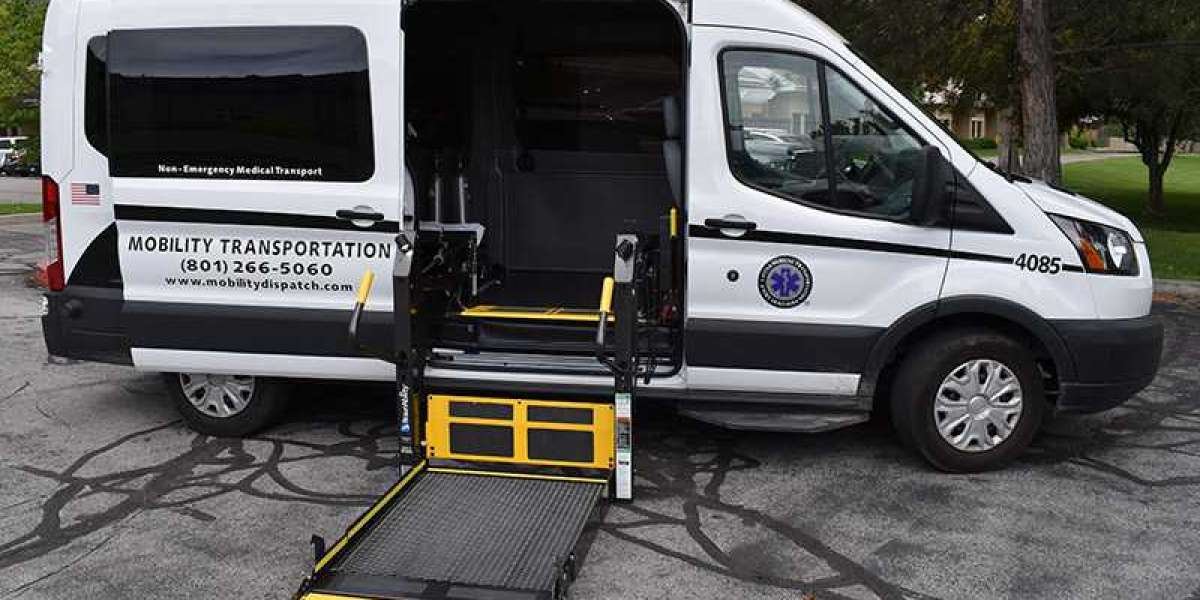Medical Transportation is an essential service that connects patients to healthcare facilities, ensuring they receive timely medical care. From routine check-ups to specialized treatments, these transportation services are designed to cater to diverse needs, providing a safe, reliable, and efficient solution for individuals requiring assistance.
What is Medical Transportation?
Medical transportation refers to services that transport individuals to and from healthcare facilities. These services range from emergency transport via ambulances to non-emergency options like wheelchair-accessible vans or shuttle services for routine medical appointments.
Types of Medical Transportation
Emergency Medical Transportation (EMT)
- Immediate transport for life-threatening situations.
- Ambulances equipped with advanced life support (ALS) and paramedics.
Non-Emergency Medical Transportation (NEMT)
- For individuals who do not require urgent medical care but need reliable transportation.
- Includes services for routine doctor visits, therapy sessions, or dialysis.
Specialized Medical Transportation
- Designed for patients with specific needs, such as wheelchair or stretcher accommodations.
Air and Long-Distance Medical Transport
- For patients requiring transport over significant distances, often via air ambulance or specially equipped vehicles.
Who Benefits from Medical Transportation?
Elderly Individuals
Seniors who no longer drive or face mobility challenges depend on medical transportation for their healthcare needs.People with Disabilities
Individuals using wheelchairs, walkers, or other mobility aids require accessible transport options.Patients with Chronic Conditions
Those undergoing regular treatments, such as chemotherapy or dialysis, rely on consistent transportation.Rural Residents
People in remote areas with limited public transportation need medical transport to access urban healthcare facilities.Medicaid and Medicare Beneficiaries
Many medical transportation services are covered under these programs, ensuring access to care for low-income individuals.
Features of Medical Transportation Services
Accessibility
- Vehicles equipped with ramps, lifts, and securement systems.
- Accommodations for wheelchairs, stretchers, and medical equipment.
Trained Staff
- Drivers and attendants with certifications in patient care and handling.
- Compassionate and professional assistance throughout the journey.
Safety Measures
- Securement systems for mobility aids and medical devices.
- Adherence to health and safety regulations.
Convenience
- Door-to-door service for seamless travel.
- Flexible scheduling to meet individual needs.
Benefits of Medical Transportation
Improved Access to Care
Ensures that patients attend appointments and treatments without delays.Enhanced Health Outcomes
Regular transportation reduces missed appointments, improving overall health management.Safety and Reliability
Professional services minimize risks associated with self-transport or reliance on untrained drivers.Cost-Effective
Prevents costly emergency room visits by ensuring timely non-emergency care.Peace of Mind
Families can rest assured knowing their loved ones are in safe hands.
How to Choose a Medical Transportation Provider
Accessibility and Equipment
Confirm the provider offers vehicles suitable for specific needs, such as wheelchairs or stretchers.Insurance Coverage
Verify if the service is covered by Medicaid, Medicare, or private insurance plans.Trained Staff
Ensure drivers and attendants have the necessary certifications and experience.Reputation and Reviews
Research testimonials to gauge the reliability and professionalism of the provider.Service Area and Availability
Confirm the provider operates in your region and offers flexible scheduling.
The Role of Technology in Medical Transportation
Innovations in technology are enhancing medical transportation services. GPS tracking, real-time scheduling apps, and automated billing systems streamline operations and improve user experience. These tools ensure transparency, efficiency, and timely service for patients.
Future Trends in Medical Transportation
Electric and Autonomous Vehicles
Sustainable and smart transport options are being explored to reduce costs and environmental impact.Telemedicine Integration
Combining transport with telemedicine consultations for enhanced patient care.Community Partnerships
Collaborations with local healthcare providers to expand accessibility and reduce wait times.
Conclusion
Medical transportation is more than just a ride—it’s a lifeline for individuals seeking healthcare. By providing safe, reliable, and accessible transport options, these services play a critical role in ensuring that everyone can receive the care they need, regardless of physical, financial, or geographical barriers. Whether for emergency needs or routine appointments, medical transportation fosters better health outcomes and enhances quality of life for countless individuals.













